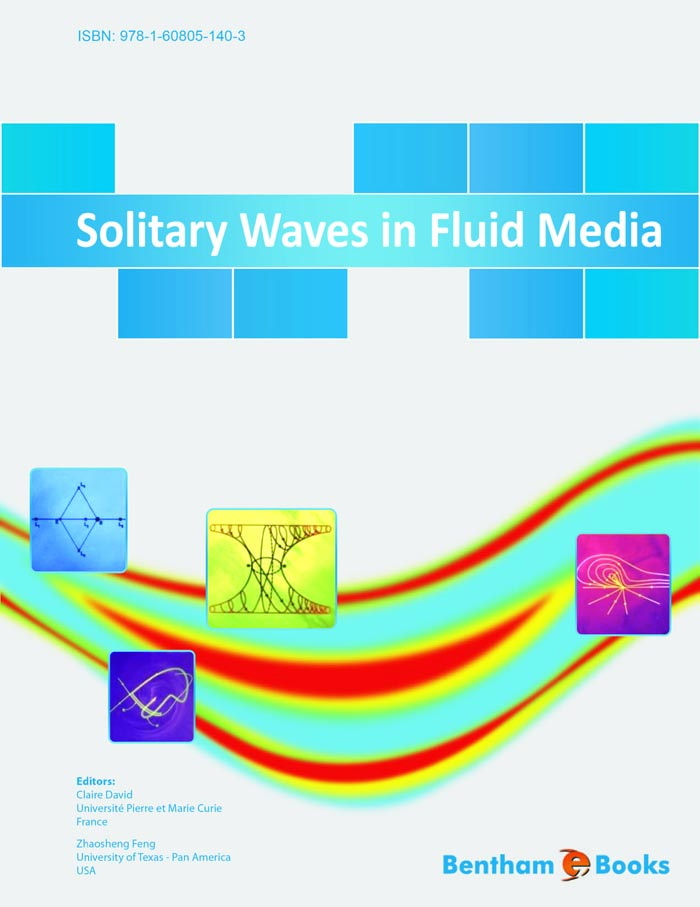Since the first description by John Scott Russel in 1834, the solitary wave phenomenon has raised lots of interests from scientists. This experiment but though controversial discovery would then be partially explained, on the theoretical point of view, by Joseph V. Boussinesq in 1871, and completely, then, by Diederik Korteweg and Gustav de Vries in 1895, who left their names to the famous equation.
The most interesting discovery since then has been the integrability of most of the nonlinear wave equations which govern solitary waves, from the Korteweg-de Vries equation to the nonlinear Schrödinger equation, in the 1960’s. From that moment, a huge amount of theoretical works can be found on solitary waves. Due to the fact that many physical phenomena can be described by a soliton model, applications have followed each others, in telecommunications first, where the propagation of solitons in fiber optics helps increasing the transmission capacity, thanks to their inherent stability, which make long-distance transmission possible without the use of repeaters.
However, not all systems arising from physical phenomena are integrable, whereas it is the case, for example, of the Korteweg-De Vries-Burgers equation. Therefore, theoretical methods together with numerical techniques for treating such nonlinear systems appear to be more powerful and important. Applications of solitary waves range from atmospheric science to condensed matter physics and to biology, from the smallest scales of theoretical particle physics up to the largest scales of cosmic structure.
The modern theory of solitary waves in fluids, as well as the one of integrable systems, has thus become a major mathematical subject. Solitary waves and coherent structures can be described in a diverse variety of fields, including general relativity, high energy particle physics, plasmas, atmosphere and oceans, animal dispersal, random media, chemical reactions, biology, nonlinear electrical circuits, and nonlinear optics. For example, in the latter, the mathematics developed for describing the propagation of information via optical solitons is most striking, attaining an incredible accuracy. It has been experimentally verified and spans twelve orders of magnitude: from the wavelength of light to transoceanic distances. It also guides the practical applications in modern telecommunications.
The aim of this book is, first, to establish a state of the art on the theoretical study of solitary waves for:
-
Burgers equation, Korteweg-de Vries-type equations, Korteweg-de Vries-Burgers equations, and the compound Burgers-Korteweg-de Vries-type equations.
-
Exact analytic solutions of nonlinear evolution equations by Hirotas bilinear method, Painleves expansion method, the Tanh-Coth function method, the exp function method, the Jacobi elliptic function method, the Sine-Cosine function method, the expansion method, Lie symmetry reduction method, etc...
-
The panel of resolution methods that enable one to find explicit traveling solitary wave solutions: the inverse scattering method, the method of undetermined coefficients, the first-integral method, the extended homogeneous balance method, etc...
-
Asymptotic behaviors of solitary waves.
Then, prominent actual works on solitary waves will be exposed, on the numerical and theoretical point of view:
-
Dark solitons and their propagations in plasmas or fiber optic.
-
The dynamics of two classes of singular nonlinear traveling wave equations and loop solutions.
-
Attractor and traveling wave solutions for 3D Ginzburg-Landau type equation.
-
The interrelationship of integrable equations, differential geometry and the geometry of their associated surfaces.
Claire David and Zhaosheng Feng

